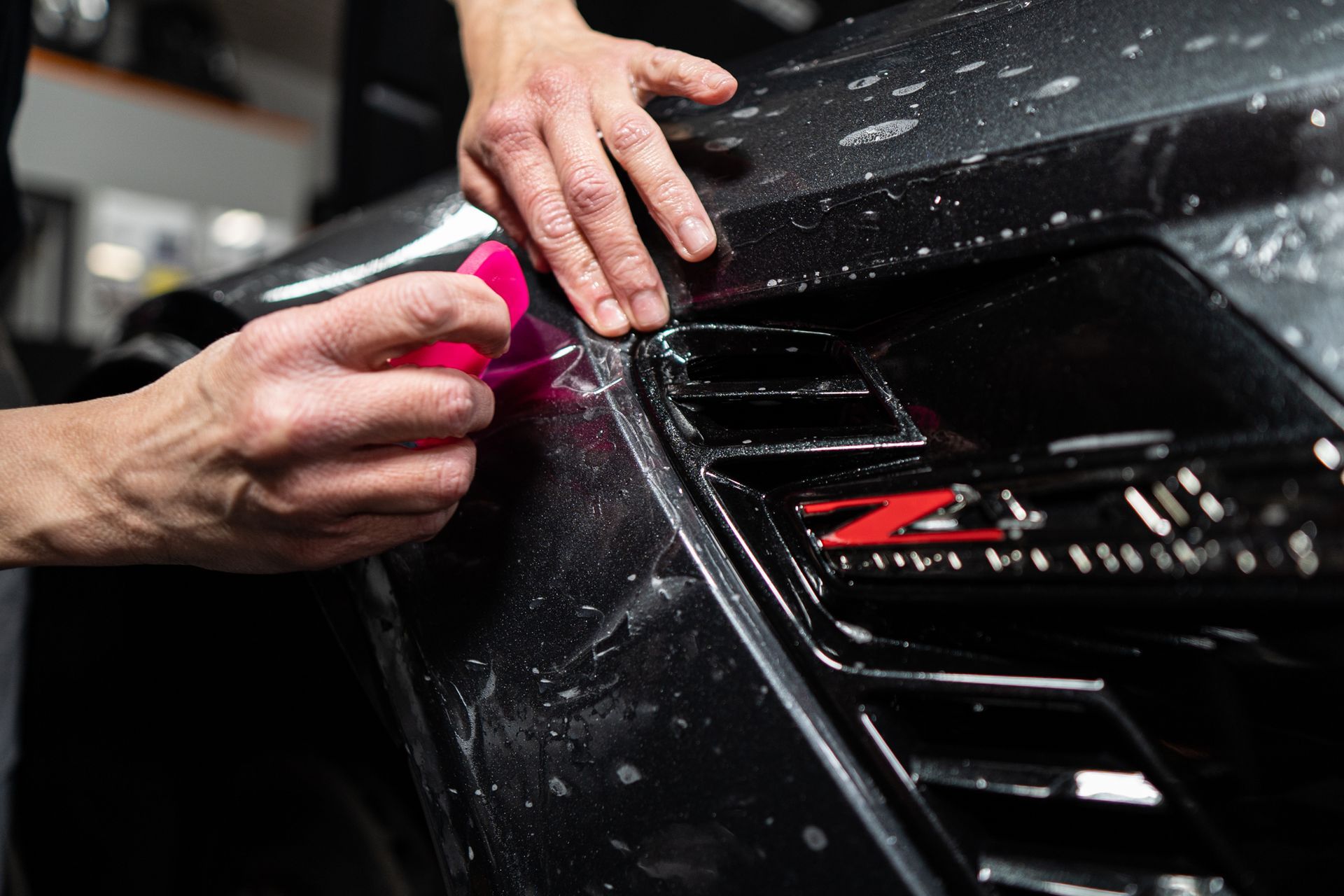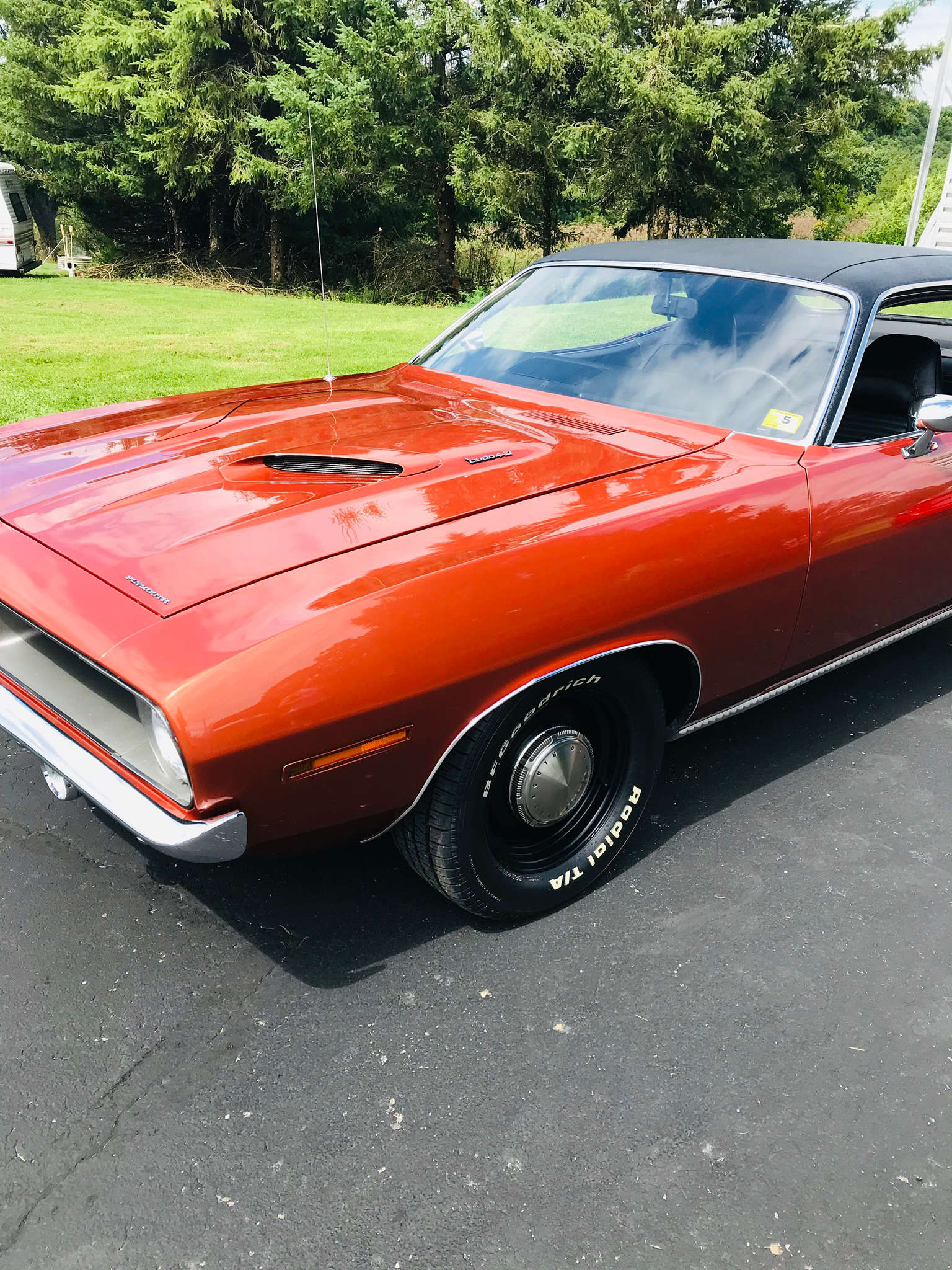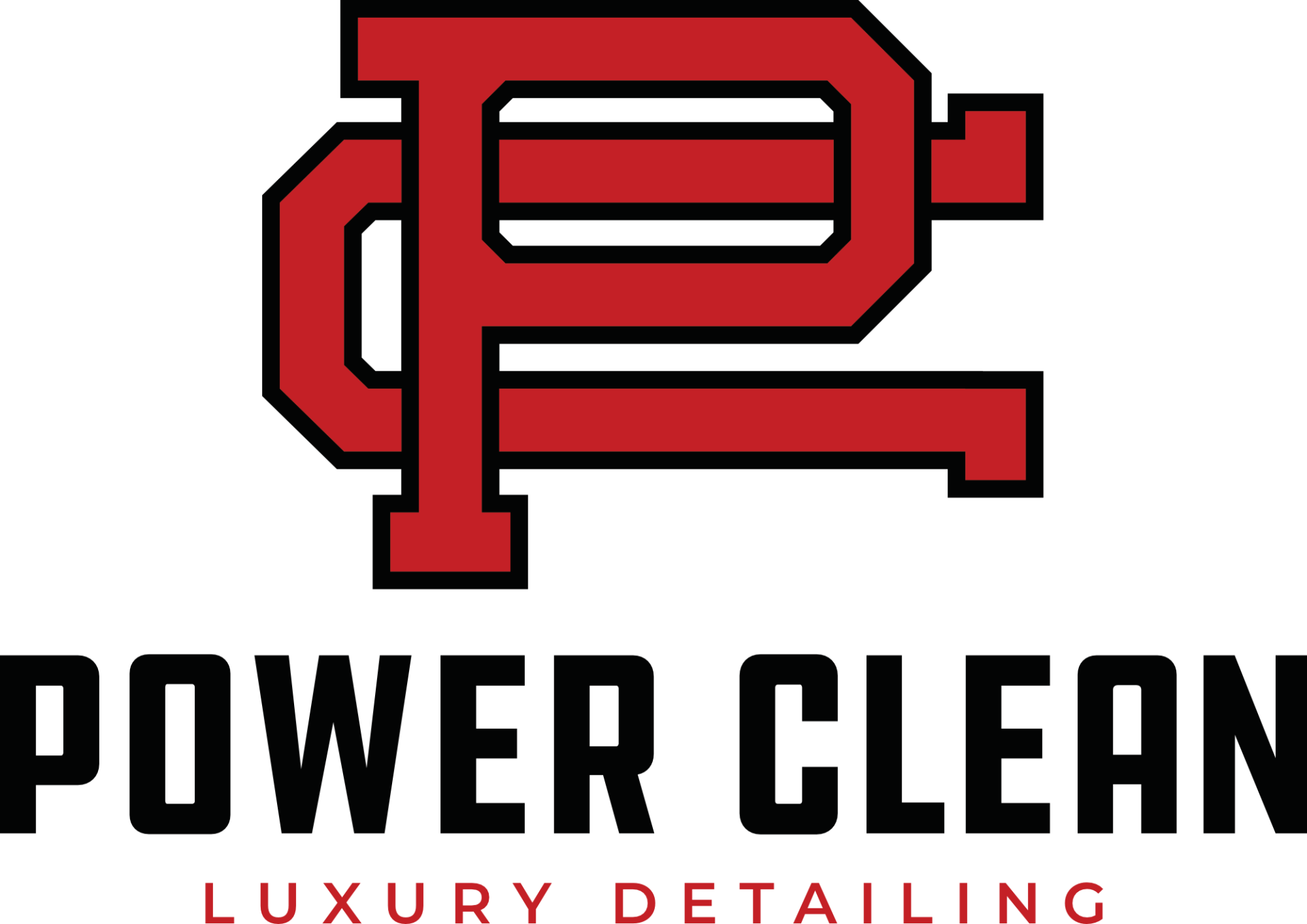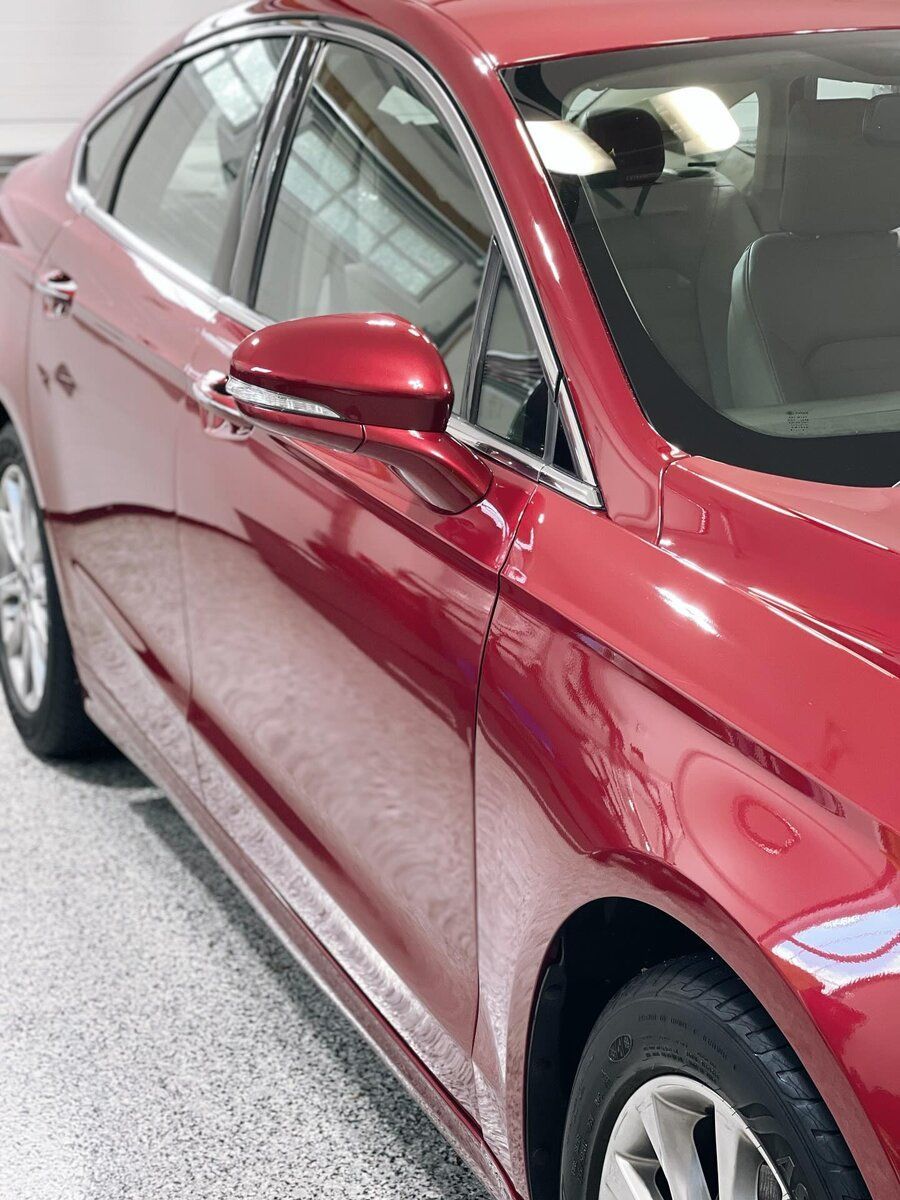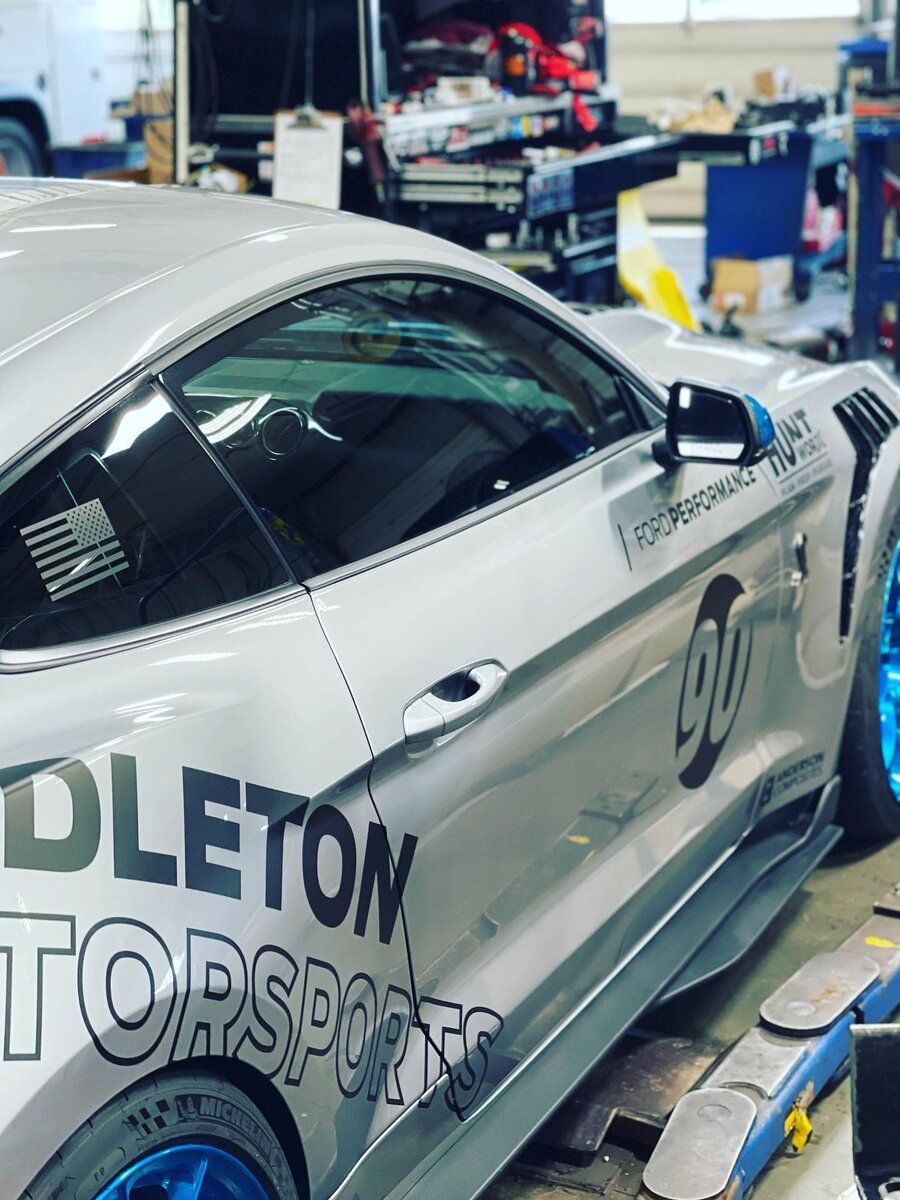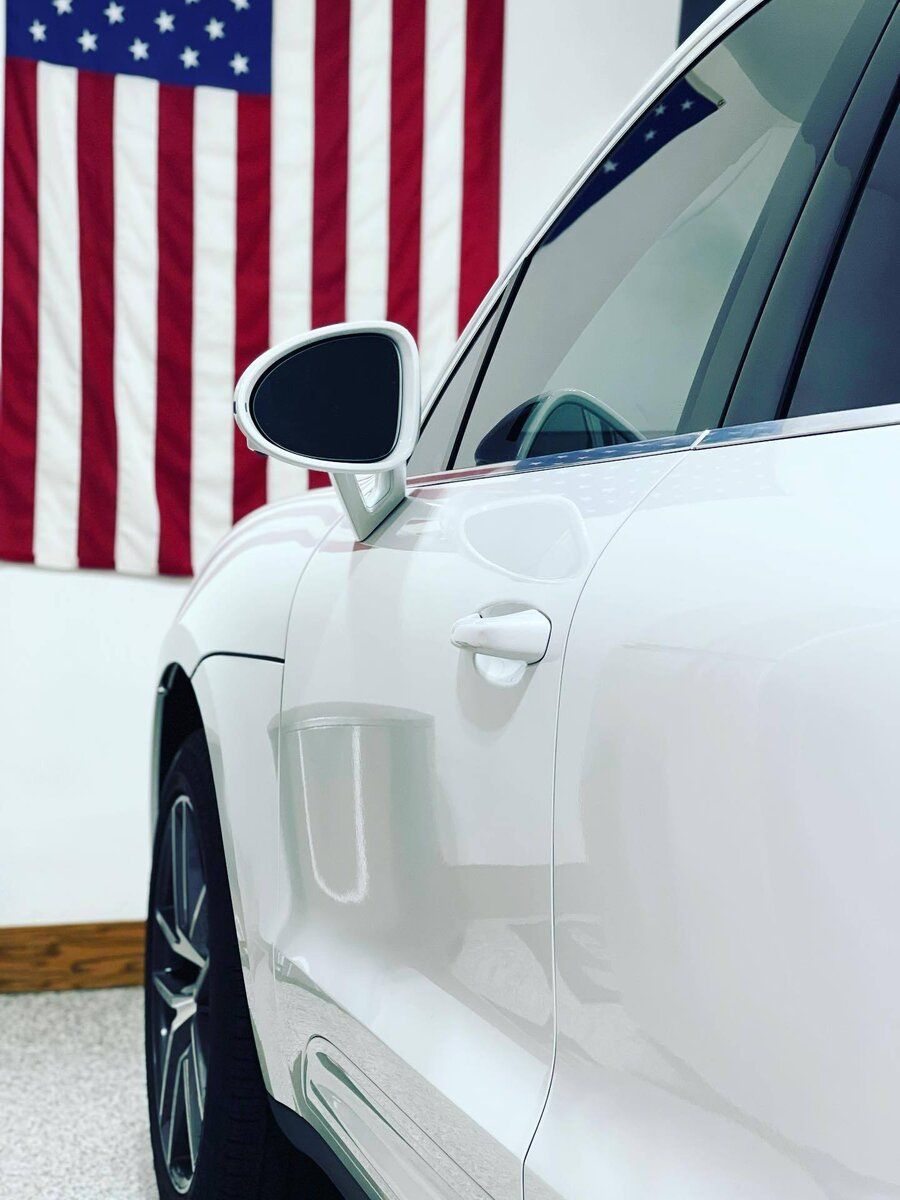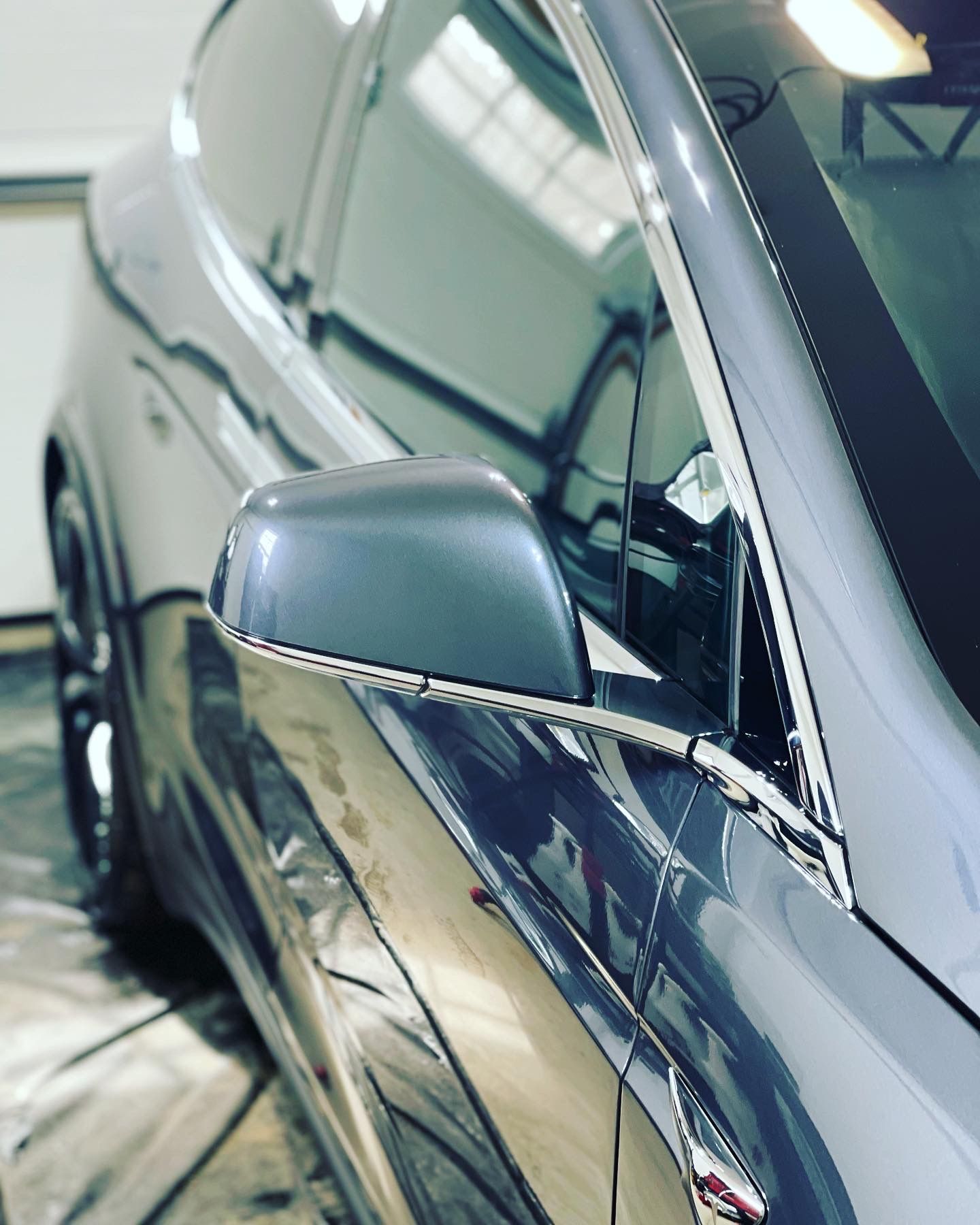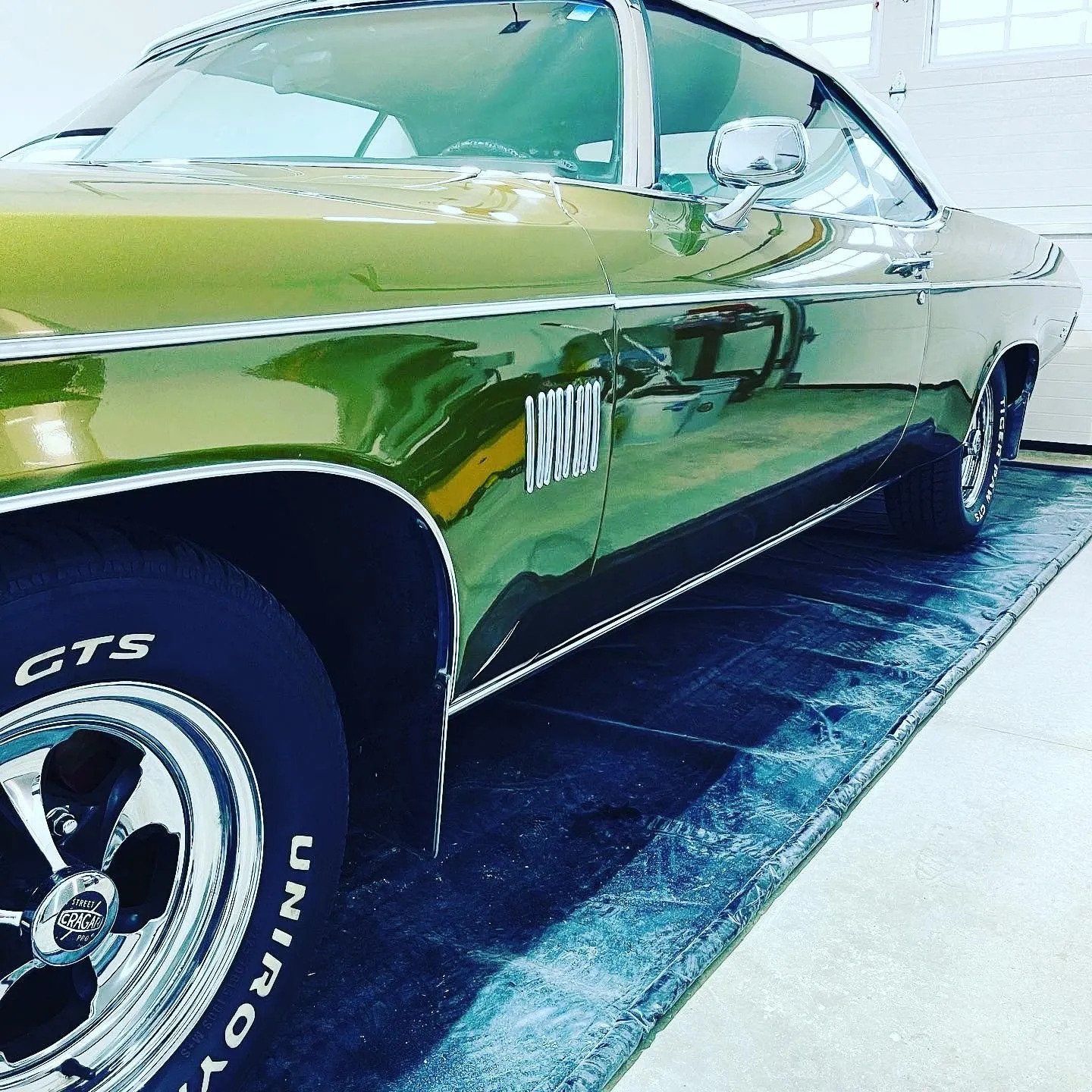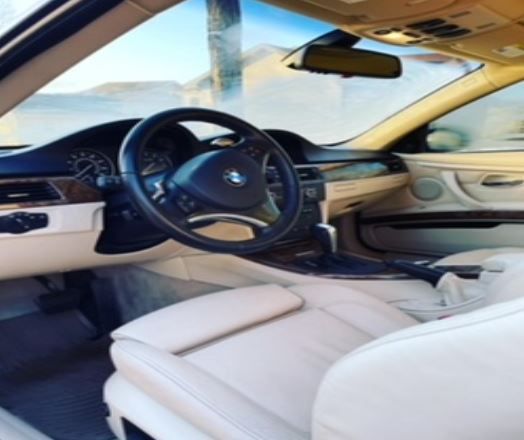Paint Protection Film vs. Ceramic Coating: Which is Best for Your Vehicle?
GET A QUOTE CONTACT USWhen it comes to extending the lifespan and maintaining the appearance of your vehicle's paint job, it's not just a question of 'if' you should protect it but 'how.' Paint protection has become a crucial consideration among car enthusiasts and daily drivers alike. Paint protection film (PPF) and ceramic coating are two standout choices for shielding your vehicle from the ravages of the road and the elements. In this blog, we will break down the differences between the two, offering you a clear path to decide which option is the best investment for your vehicle.
Introduction to Vehicle Protection
Our vehicles are more than just modes of transportation; they're reflections of our personalities and investments that we want to look great for years to come. But they face an assortment of hazards like stone chips, insect acids, UV rays, and abrasions that can lead to unsightly damage. Neglecting to shield your vehicle adequately might expose it to irreparable damage, depreciating its value and beauty over time. Fortunately, with options like paint protection film (PPF) and ceramic coating available in the market, you possess powerful tools to shield your vehicle effectively. Each option carries its unique set of advantages, making them worthy of consideration for anyone looking to preserve their vehicle's pristine condition.
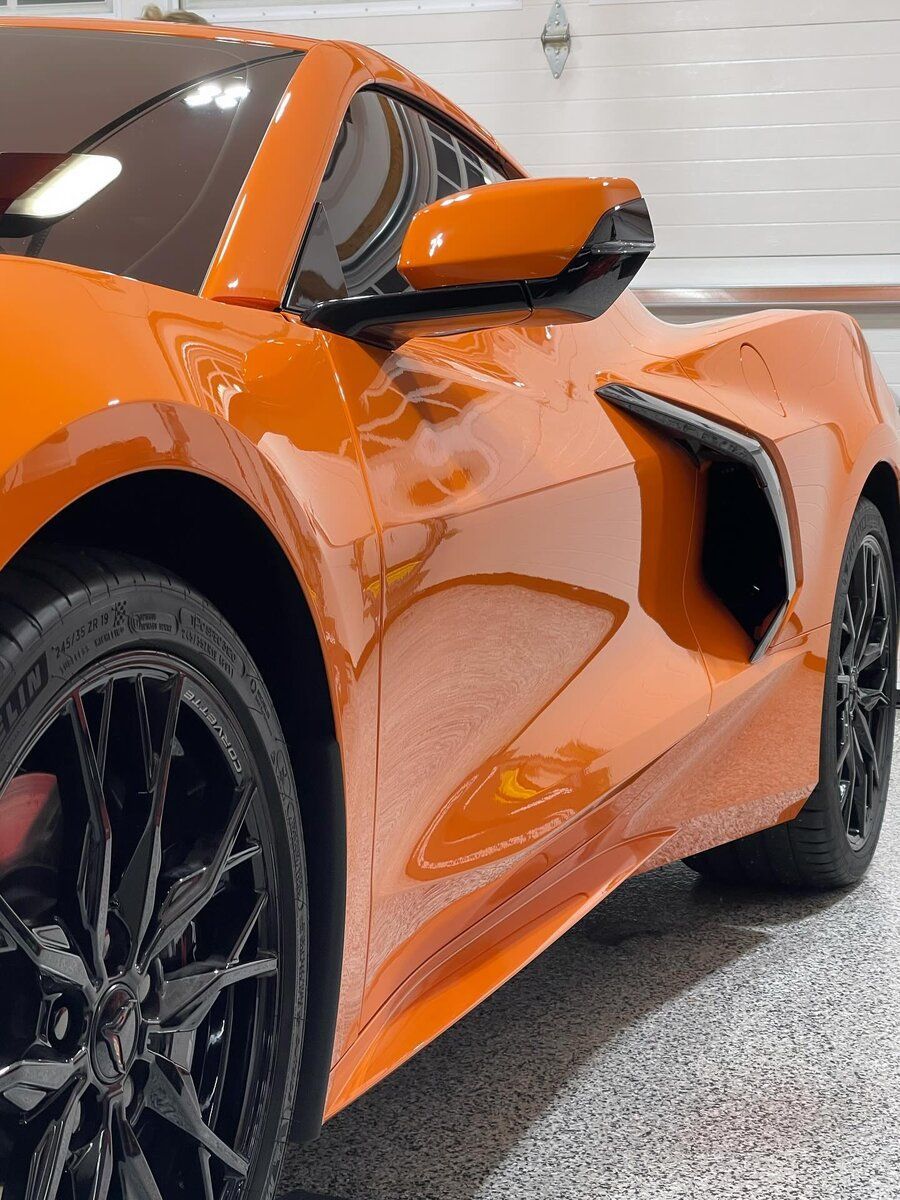
Paint Protection Film (PPF): The Clear Shield
Definition and Benefits
Paint protection film, often referred to as 'clear bra,' is a thermoplastic urethane film applied to the painted surfaces of a new or used car in order to protect the paint from stone chips, bug splatters, and minor abrasions.
PPF offers a near-invisible layer of tough, durable defense. The film is customized to fit your vehicle and is optically clear, ensuring your underlying paint color shines through. It's a popular choice for luxury car owners who want to maintain the original paintwork's purity.
Durability and Maintenance
PPF is designed to be a long-lasting solution, with some high-quality film carrying warranties of up to ten years. PPF provides a high level of protection against most external elements that can damage your vehicle's paint, including small rocks and road debris. Additionally, some types of paint protection film are also considered self-healing. This means that scratches or swirl marks in the film can often be easily repaired with the addition of heat. In terms of maintenance, PPF is relatively easy to clean and can be washed using a mild detergent and water.
Cost Considerations
The cost of PPF application varies depending on the type of vehicle and areas covered. It's generally more expensive than ceramic coating due to the material cost and the labor-intensive installation process. However, for many, the investment is worth it when considering the value it adds to the vehicle.
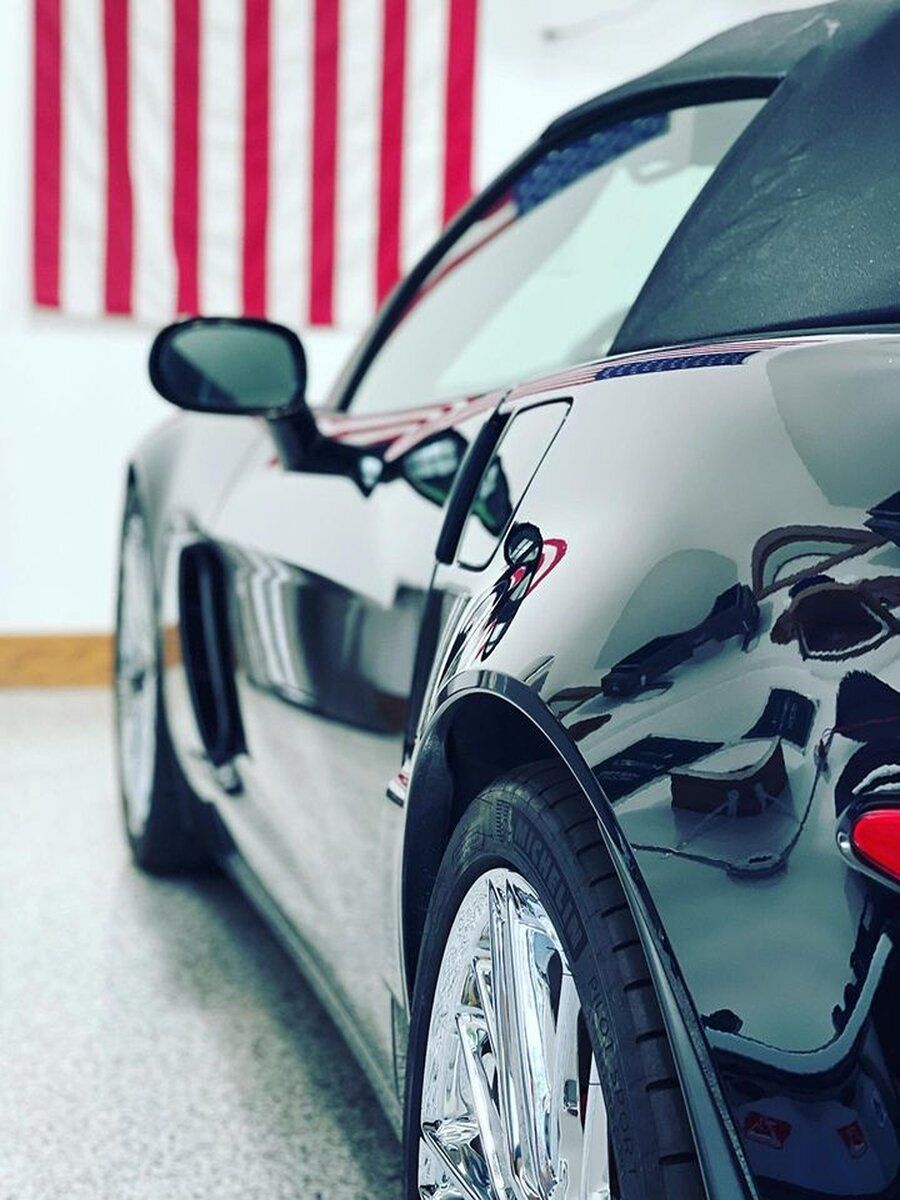
Ceramic Coating: The Ultimate Sealant
Explanation of Ceramic Coating
Ceramic coating is a liquid polymer that is applied by hand to the exterior of a vehicle. It chemically bonds with the vehicle's factory paint, creating a semi-permanent shell that can only be removed through abrasion.
Ceramic coating creates a hydrophobic surface that repels water, dust, and other environmental contaminants, making it very easy to maintain a clean exterior. The hard, glossy finish also provides a "candy-like" gloss to the car's paint, enhancing the overall aesthetics.
Advantages of a Ceramic Coating
Ceramic coating offers significant protection against UV damage and oxidation. It also provides an additional glossy sheen to the paint. Ceramic coatings are also known for their excellent chemical resistance, standing up to harsh substances like bird droppings, tree sap, and acid rain.
Longevity and Application Process
The lifespan of a ceramic coating can range from two to five years with proper maintenance. The application process is time-consuming, often requiring meticulous preparation of the vehicle's surface, which can lead to higher labor costs.
Comparison
Performance Comparison
When it comes to sheer protection against physical damage, PPF is the undisputed winner. It guards against scrapes and chips with its much thicker film. Ceramic coating, on the other hand, focuses more on chemical and environmental resistance, keeping your car's paint in top condition.
Aesthetics and Customization Options
Both PPF and ceramic coating can enhance the appearance of your vehicle but in different ways. PPF provides a nearly invisible layer of protection, allowing the original paint to shine through. Ceramic coating, on the other hand, adds a glossy finish that enhances the color and depth of your vehicle's paint. Moreover, both options offer customization choices for car owners who want to add a personal touch to their vehicles.
Cost-Effectiveness in the Long Run
While PPF might require a larger initial investment, the potential for outright preventing more serious paint damage can make it a cost-effective choice, especially for those who plan to keep their vehicle for an extended period. However, if you're looking for a more budget-friendly solution that still offers significant protection, ceramic coating may be the better option.
Decision Factors
Vehicle Usage and Environment
When deciding between PPF and ceramic coating, it's essential to consider your vehicle's usage and the environment in which it operates. Do you frequently drive on highways or unpaved roads where your car is likely to encounter more debris? In that case, PPF might be a better choice for its physical protection capabilities.
On the other hand, if you live in an area with harsh weather conditions, ceramic coating's chemical resistance may be a more crucial factor. Additionally, if you regularly park your car outside, ceramic coating can provide added protection against UV damage.
Budget Considerations
It's important to consider your budget when making a decision between PPF and ceramic coating. As mentioned earlier, PPF is generally more expensive upfront due to the material cost and labor-intensive installation process. On the other hand, ceramic coating may be a more affordable option for those with limited budgets.
Keep in mind that the cost of both options can also vary depending on the size and type of your vehicle.
Desired Level of Protection
If you're aiming for the ultimate protection and don't mind a slightly higher upkeep, a combination of PPF and ceramic coating can be beneficial. Applying PPF to high-impact areas like the front bumper and hood, then adding a ceramic coating to the entire vehicle, can provide a comprehensive shield against most threats.
Conclusion
In the realm of vehicle paint protection, paint protection film, and ceramic coating stand out as premier choices, each bringing its own set of advantages to the table. Deciding which method best suits your needs involves a careful evaluation of your vehicle's usage, your aesthetic preferences, and, importantly, your budget. While this guide provides a comprehensive overview, nothing compares to personalized advice tailored to your specific situation.
We understand that making a decision between PPF and ceramic coating can be complex. That's why our team is here to assist you every step of the way. If you find yourself pondering which option will best protect your vehicle while keeping it looking pristine, or if you're curious about pricing, please don't hesitate to get in touch with us for a custom quote or more detailed information.
At Power Clean Luxury Detailing, our goal is to ensure your vehicle not only maintains its aesthetic appeal but is also safeguarded against the everyday wear and tear of the road. Contact us today to explore how we can provide the ultimate protection for your vehicle, crafted precisely to meet your needs and budget. Your vehicle is a significant investment—let us help you protect it in the most effective way possible.
Share with your Friends
